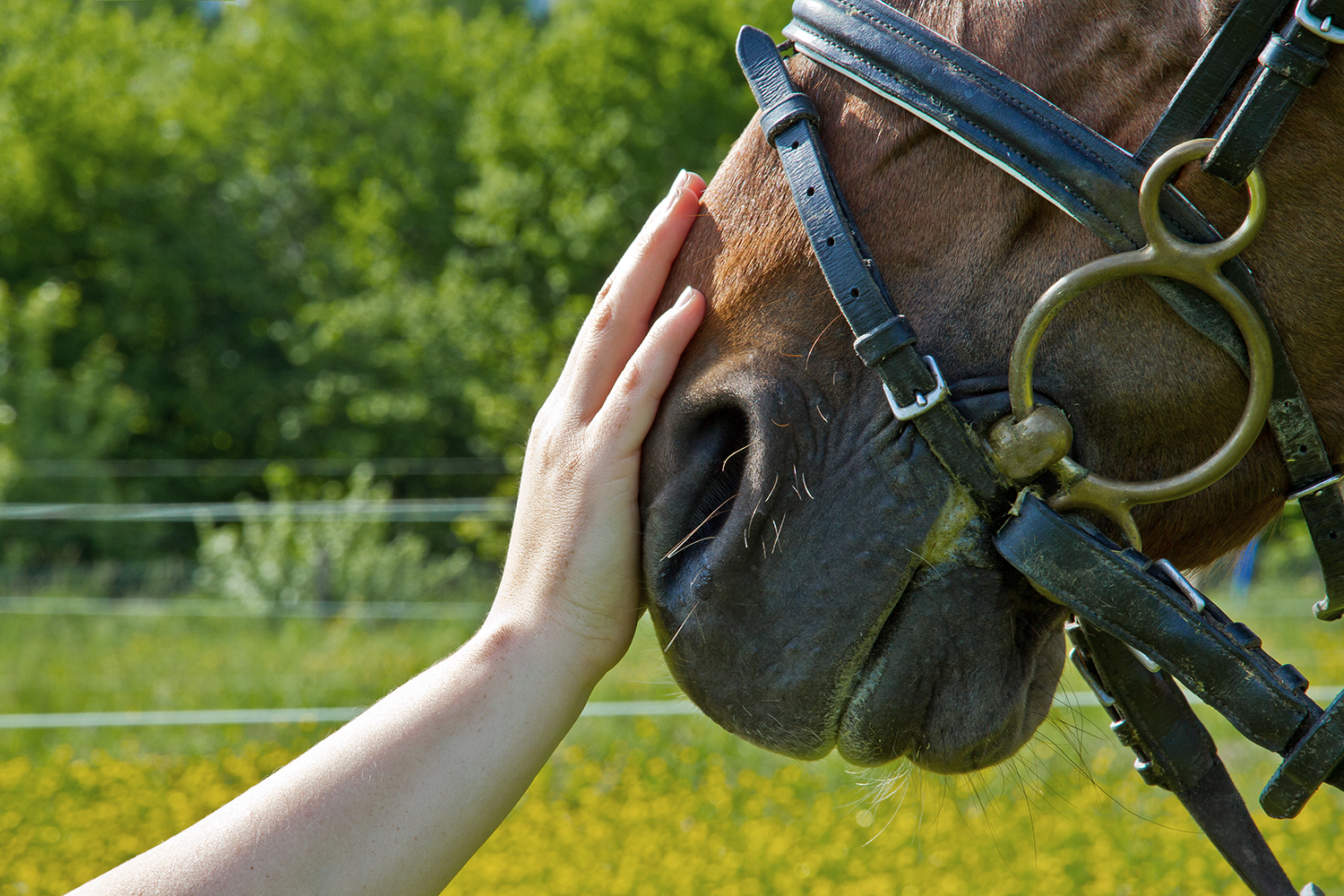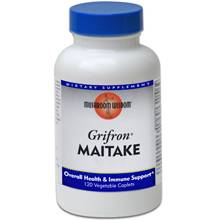Like many young girls, I became horse crazed in my preteen years. It started off innocently enough: I collected figurines, checked out every library book on equines I could find, and daydreamed constantly about having a steed of my own to groom and ride.
When my imagination could no longer quell my obsession, I begged my mother for riding lessons. She denied my request, insisting horses were dangerous and expensive. She was right, of course. The horse is a creature of flight and can startle easily. And lessons and boarding are costly. But what she didn’t know was that the power of the horse is like nothing else on Earth.
The bond between human and horse is ancient and primal. They have carried our bodies and supplies into battle; plowed our fields; served as patrol with mounted police officers; transported us and our goods in carts and wagons; worked alongside miners in dark, underground tunnels; herded livestock; and offered their healing abilities through equine-assisted therapy.
Horses as Therapy Animals
Horses are strong, intelligent, loyal, and gentle. These traits make them ideal companions. Because they are so cued into their environments and able to swiftly respond to human behavior, they become a mirror for our emotions, showing us parts of ourselves we may not want to see but also bringing out our compassion. This makes them the perfect therapy animal.
Whether our ancient ancestors realized it or not, they employed equine therapy as they formed symbiotic and bonded relationships with their mounts. As herd animals, horses are social creatures and enjoy companionship. They are extremely skilled at reading the body language of each other as well as us. They can even synchronize their heartbeat to match our own.
Horses are genetically programmed to mirror a human’s emotional state, even while someone is concealing it. It can take time to trust being around a horse, and the horse responds accordingly. They’ve read our behaviors and emotions for thousands of years, and they’re become highly skilled at it. If you’re afraid, they will be too. If you exude calmness, they will quiet down.
In equine therapy, the horse becomes the willing assistant, aiding the human with physical and psychological challenges and disabilities. Veterans with post-traumatic stress disorder (PTSD); autistic individuals; teens at risk of juvenile delinquency; and those with trauma and brain injuries, dementia, mental development delays, ADHD, anxiety, depression, and abuse issues all find relief and support through bonding with the horse.
Horses swiftly pick up on the signals we send out such as low self-esteem and anger. The horse can expose these vulnerabilities, and the human therapist can then sort out issues that unknowingly bother someone. Equine-assisted therapy helps participants improve communication, set perspectives, learn boundaries, develop socialization skills, and build trust.
What Happens During Equine Therapy
A mounted therapy session is one where the participant rides. It involves a horse, a therapist, a person to lead the horse, and the participant. If the participant requires assistance staying on, volunteers known as side walkers support the rider by placing an arm over a rider’s leg while walking alongside the animal.
Specific activities and tasks are developed by the therapist to guide the student into recovery and support. These tasks can include grooming the horse; leading from the ground; riding at a walk, trot, or canter; building a bond with the horse; and reflecting on the horse’s behavior. The student is encouraged to share their feelings about the activities.
Physical exercises may include throwing a soft ball into a basketball hoop while sitting on the horse, or leading the animal through patterns in an arena. The goal is to create coordination and balance for the student. The swing of a horse’s gait is similar to our own, so riding a horse helps mimic the feel of walking for those who are physically challenged.
When riding the horse is not an option or desire due to intimidation by the animal’s size or features, participants can spend time with the animal on the ground. Observing the horse, leaning its anatomy, and grooming are some possible ground activities.
Early in my volunteering at UpReach Therapeutic Equestrian Center, an equine-assisted therapy program in Goffstown, NH, one of the unmounted lessons involved drawing on the side of a horse’s belly with colored chalk. The horse stood patiently as the therapist, student, and I drew swirls, suns, and flowers in colorful patterns over the animal’s soft fur coat. It was deeply relaxing and downright fun. I dare say I got as much out of the exercise as the student did.
Equine-assisted therapy can benefit those in substance recovery programs. Being around a horse reminds them that they, too, can be like the horse and find power by simply being in the moment. Horses don’t fret over the past or worry about the future. Their attention is in the now. A powerful practice, indeed.
One therapy session I participated in involved a woman from a recovery program who was 30 days sober. After leading a miniature horse around on a lead rope, she surprised herself by proudly remarking how she hadn’t felt this much control in her life since her issues began 10 years prior. Her pride and confidence rose with each word she spoke. Once again, I was in awe of these amazing animals and the magic they hold.
Equine Therapy and PTSD
Horses have proven instrumental in treating veterans and their families suffering from nightmares, depression, anger, anxiety, and other debilitating issues. The US Department of Veteran’s Affairs estimates that PTSD affects approximately 25 percent of the troops who have returned from the Middle East.
Preliminary results of Equine Assisted Psychotherapy (EAP) on veterans with PTSD are encouraging. A study on members of the Georgia National Guard deployed for two or more years found that all soldiers who completed equine therapy had significantly lower stress levels.
A preliminary pilot open case series study involving those with PTSD suggests that equine-assisted therapy improved participants’ abilities to work and perform daily tasks. Participation in the program for three hours a week for 6 months reduced the participants’ number of inefficient days.
Why is the horse so powerful and effective in helping those returning from active duty? According to Laurie Sullivan-Sakeada, PhD, clinical psychologist, and leading practitioner of EAP, horses are prey creatures and, like those who have been to war, horses rely on their heightened senses for survival.
Horses don’t lie. They don’t have ulterior motives, and they offer nonverbal feedback to those with PTSD. They respond to a soldier’s negative emotions in a negative manner. And they react positively to their positive emotions. In fact, says Dr. Sullivan-Sakeada, one session of EAP in the barn is equal to five sessions “on the couch.”
Sessions for those with PTSD typically do not involve riding but simply being with the horse. The horses roam free in the arena, and participants figure out how to approach the animal and halter it. Learning to master horsemanship skills like these bolsters self-esteem and replaces feelings of helplessness and de-motivation.
For those with mental illness, being in the now or present with a horse helps cast aside the all-consuming focus of their disease. Patients are able to concentrate their attention toward caring for the animal and safe exchanges with it. When the horse unconditionally accepts the person, those who feel rejected by life are invited back into participation with the world.
While I have yet to own my own horse, I make sure they are a constant presence in my life. Whether I’m mounted on their back, assisting with equine therapy sessions, or viewing their noble form through photography or art, my heart swells with joy when I’m around them. As equestrians around the world know: once horse crazy, always horse crazy. I’d have it no other way.



